 W
WThe Allied Forces Act 1940 was an act of Parliament of the Parliament of the United Kingdom passed in late 1940, after the fall of France.
 W
WAzerbaijan, officially by its full name – the Azerbaijan Soviet Socialist Republic, entered World War II alongside the Soviet Union, after the German declaration of war on June 22, 1941. Azerbaijan's oilfields were enticing to the Germans due to the USSR's heavy dependency on Caucasus oil – setting the scene for German campaigns attempting to capture and seize the oilfields in Baku during the Battle of the Caucasus. Azerbaijan’s oil was very decisive for Soviet victory. More than 600,000 people from Azerbaijan were conscripted to the Workers’ and Peasants’ Red Army during World War II from 1941 to 1945.
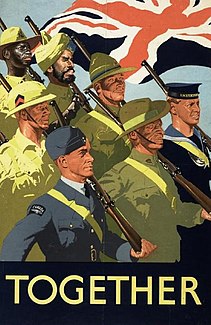 W
WWhen the United Kingdom declared war on Nazi Germany in September 1939 at the start of World War II, the UK controlled to varying degrees numerous crown colonies, protectorates and the Indian Empire. It also maintained unique political ties to four of the five independent Dominions—Australia, Canada, South Africa, and New Zealand—as co-members of the then "British Commonwealth". In 1939 the British Empire and the Commonwealth together comprised a global power, with direct or de facto political and economic control of 25% of the world's population, and of 30% of its land mass.
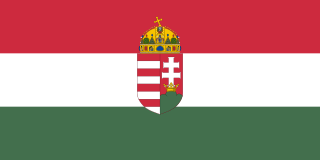 W
WCarpathian Ruthenia was a region in the easternmost part of Czechoslovakia that became autonomous within that country in September 1938, declared its independence as the "Republic of Carpatho-Ukraine” in March 1939, was immediately occupied and annexed by Hungary, invaded by the Soviet Red Army in 1944 and incorporated into the Ukrainian Soviet Socialist Republic in 1946. In total between 1939 and 1944 80,000 Carpathian Ukrainians perished.
 W
WThe German occupation of the Channel Islands lasted for most of the Second World War, from 30 June 1940 until their liberation on 9 May 1945. The Bailiwick of Jersey and Bailiwick of Guernsey are two British Crown dependencies in the English Channel, near the coast of Normandy. The Channel Islands were the only de jure part of the British Empire to be occupied by the Wehrmacht during the war.
 W
WAfter the outbreak of the Second World War, in the British Crown Colony of Ceylon, the government of Sir Don Baron Jayatilaka assured the British king and his majesty's government of its continued support.
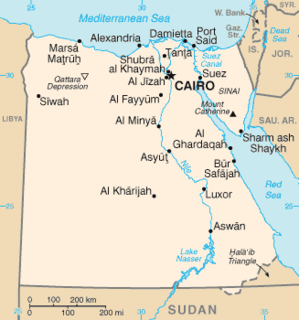 W
WIn 1882, Egypt was occupied by the United Kingdom, following the Orabi Revolt against the Egyptian khedive. The Kingdom of Egypt was essentially under British control thereafter, even after the formal recognition of Egyptian independence in 1922, with British troops remaining around the Suez Canal zone. Full Egyptian self-rule was not realised until the Egyptian Revolution of 1952.
 W
WThe military history of Gibraltar during World War II exemplifies Gibraltar's position as a British fortress since the early 18th century and as a vital factor in British military strategy, both as a foothold on the continent of Europe, and as a bastion of British sea power. During World War II, Gibraltar served a vital role in both the Atlantic Theatre and the Mediterranean Theatre, controlling virtually all naval traffic into and out of the Mediterranean Sea from the Atlantic Ocean.
 W
WThe involvement of the Gold Coast in World War II began with the declaration of war on Nazi Germany by the British Empire in September, 1939. Though no combat occurred in the Gold Coast colony, the colony supplied resources and manpower for the Allies.
 W
WIndia was brought into the war by the Viceroy Linlithgow declaring that India was at war with Germany with no consultations with Indian politicians.
 W
WThe involvement of the British Colony of Kenya in World War II began with the declaration of war on Nazi Germany by the British Empire in September 1939.
 W
WThe Last Battle: When U.S. and German Soldiers Joined Forces in the Waning Hours of World War II in Europe is a book by the historian Stephen Harding which tells the story of the World War II Battle for Castle Itter.
 W
WAfter the occupation of Latvia by the USSR in June 1940, much of the previous Latvian army was disbanded and many of its soldiers and officers were arrested and imprisoned or executed. The following year Nazi Germany occupied Latvia during the offensive of Army Group North. The German Einsatzgruppen were aided by a group known as Arajs Kommando in the killing of Latvian Jews as part of the Holocaust. Latvian soldiers fought on both sides of the conflict against their will, and in 1943 180,000 Latvian men were drafted into the Latvian Legion of the Waffen-SS and other German auxiliary forces.
 W
WKarl-Siegmund Litzmann was General Commissioner for Estonia in the Reichskommissariat Ostland during the German occupation..
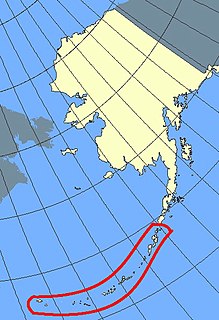 W
WThe military history of the Aleutian Islands began almost immediately following the purchase of Alaska from the Russian Empire by the United States in 1867. Prior to the early 20th century, the Aleutian Islands were essentially ignored by the United States Armed Forces, although the islands played a small role in the Bering Sea Arbitration when a number of British and American vessels were stationed at Unalaska to enforce the arbitrators' decision. By the early 20th century, a number of war strategies examined the possibility of conflict breaking out between the Empire of Japan and the United States. While the Aleutian Islands were seen as a potential staging point for invasions by either side, this possibility was dismissed owing to the islands' dismal climate. In 1922, the Washington Naval Treaty was signed, after which the United States Navy began to take an interest in the islands. However, nothing of significance was to materialize until World War II.
 W
WFollowing the German invasion of Poland, the Kingdom of Nepal declared war on Germany on September 4, 1939. Once Japan entered the conflict, sixteen battalions of the Royal Nepalese Army fought on the Burmese front. In addition to military support, Nepal contributed guns, equipment as well as hundreds of thousands of pounds of tea, sugar and raw materials such as timber to the Allied war effort.
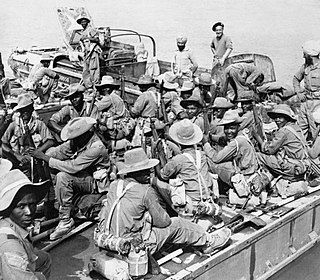 W
WThe involvement of the Nyasaland Protectorate in World War II began with the declaration of war on Nazi Germany by the British Empire in September 1939. Though no combat occurred in Nyasaland itself, it remained an economic asset for the Allies and also contributed a significant number of soldiers to fight in the British Army.
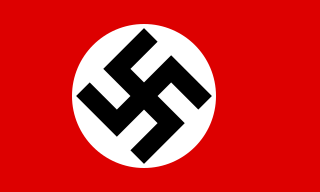 W
WThe Reichskommissariat Ostland (RKO) was established by Nazi Germany in 1941 during World War II. It became the civilian occupation regime in the Baltic states and the western part of the Byelorussian Soviet Socialist Republic. German planning documents initially referred to an equivalent Reichskommissariat Baltenland. The political organization for this territory – after an initial period of military administration before its establishment – involved a German civilian administration, nominally under the authority of the Reich Ministry for the Occupied Eastern Territories led by Nazi ideologist Alfred Rosenberg, but actually controlled by the Nazi official Hinrich Lohse, its appointed Reichskommissar.
 W
WSouthern Rhodesia, then a self-governing colony of the United Kingdom, entered World War II along with Britain shortly after the invasion of Poland in 1939. By the war's end, 26,121 Southern Rhodesians of all races had served in the armed forces, 8,390 of them overseas, operating in the European theatre, the Mediterranean and Middle East theatre, East Africa, Burma and elsewhere. The territory's most important contribution to the war is commonly held to be its contribution to the Empire Air Training Scheme (EATS), under which 8,235 British, Commonwealth and Allied airmen were trained in Southern Rhodesian flight schools. The colony's operational casualties numbered 916 killed and 483 wounded of all races.
 W
WDuring the Second World War (1939–1945), the Gambia was part of the British Empire as the Gambia Colony and Protectorate. At the outbreak of war between the British Empire and Nazi Germany in September 1939, the Gambia was home to the Gambia Company of the Royal West African Frontier Force (RWAFF).
 W
WVatican City pursued a policy of neutrality during World War II, under the leadership of Pope Pius XII. Although the city of Rome was occupied by Germany from 1943 and the Allies from 1944, Vatican City itself was not occupied. The Vatican organised extensive humanitarian aid throughout the duration of the conflict.